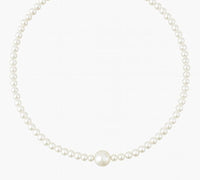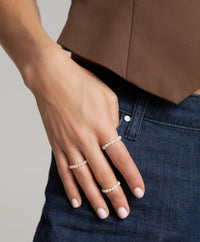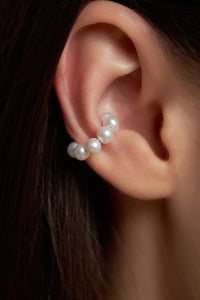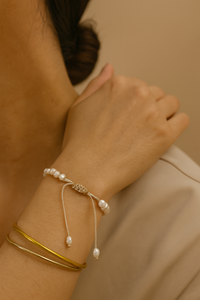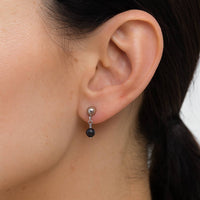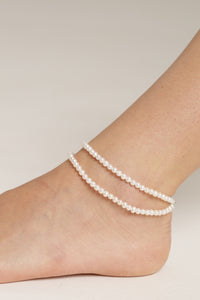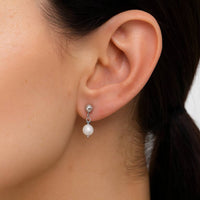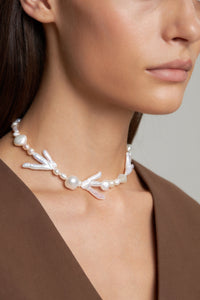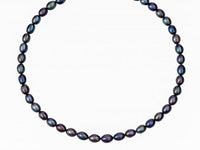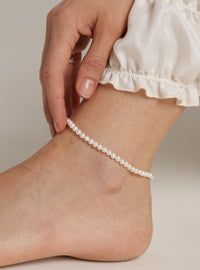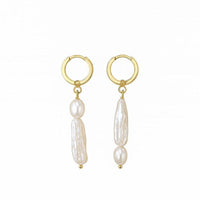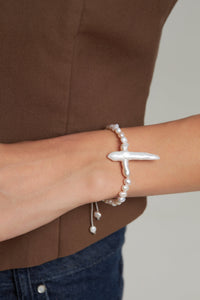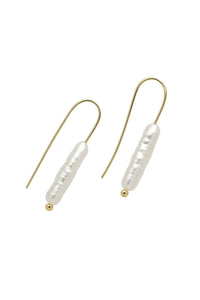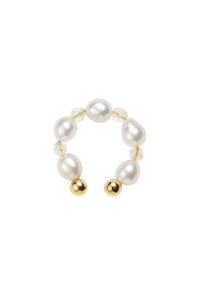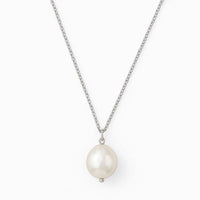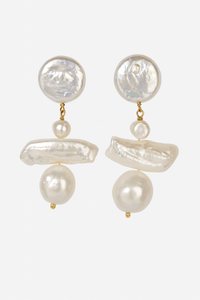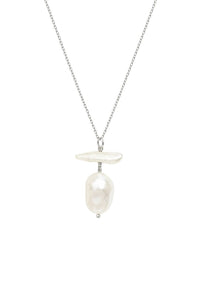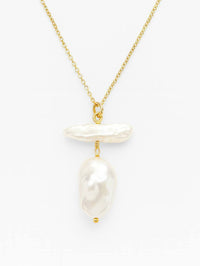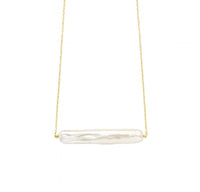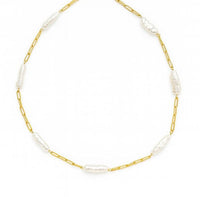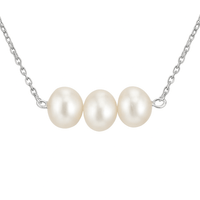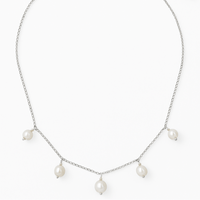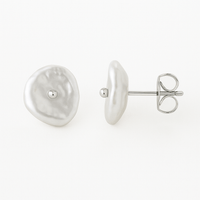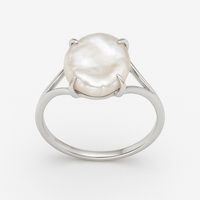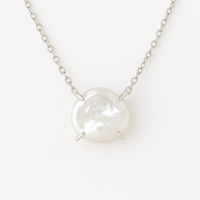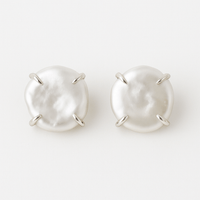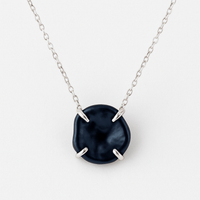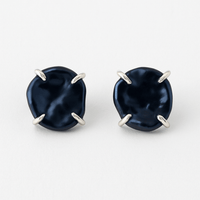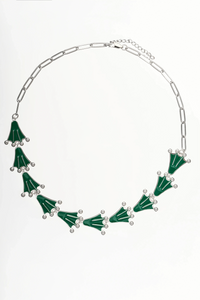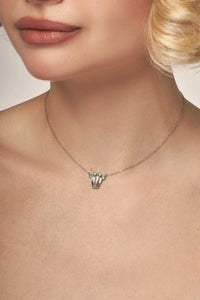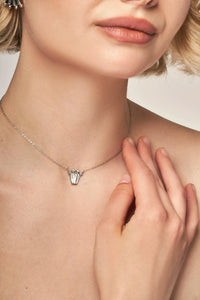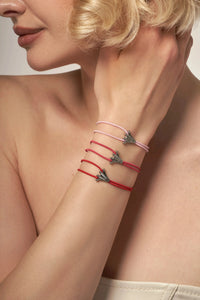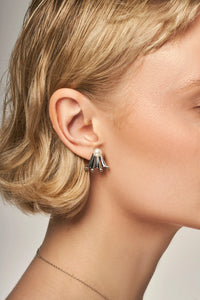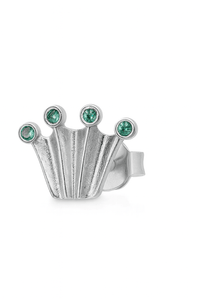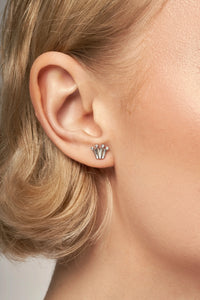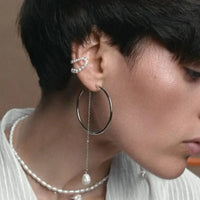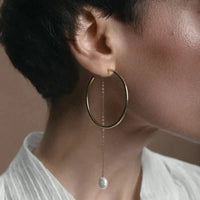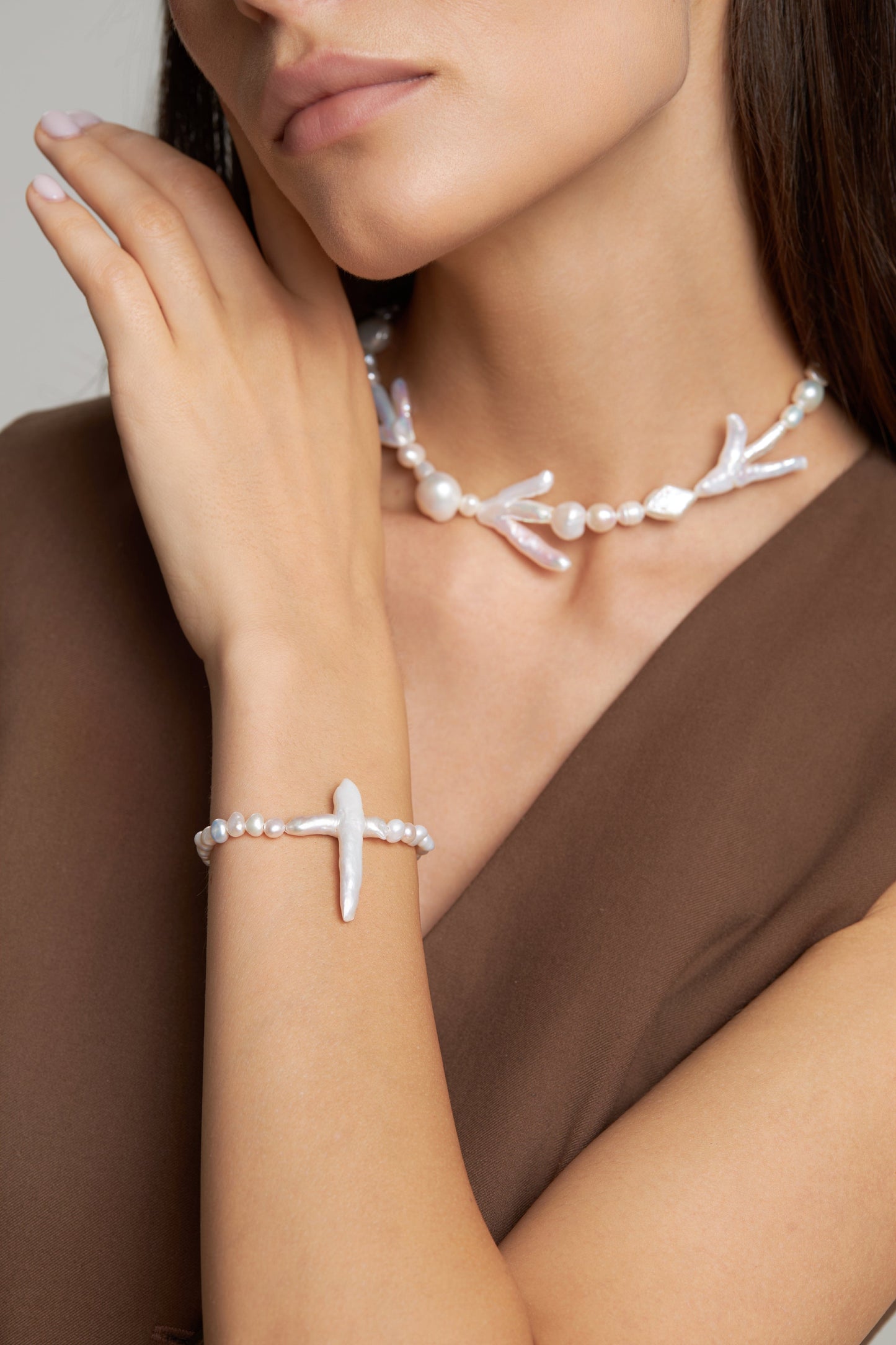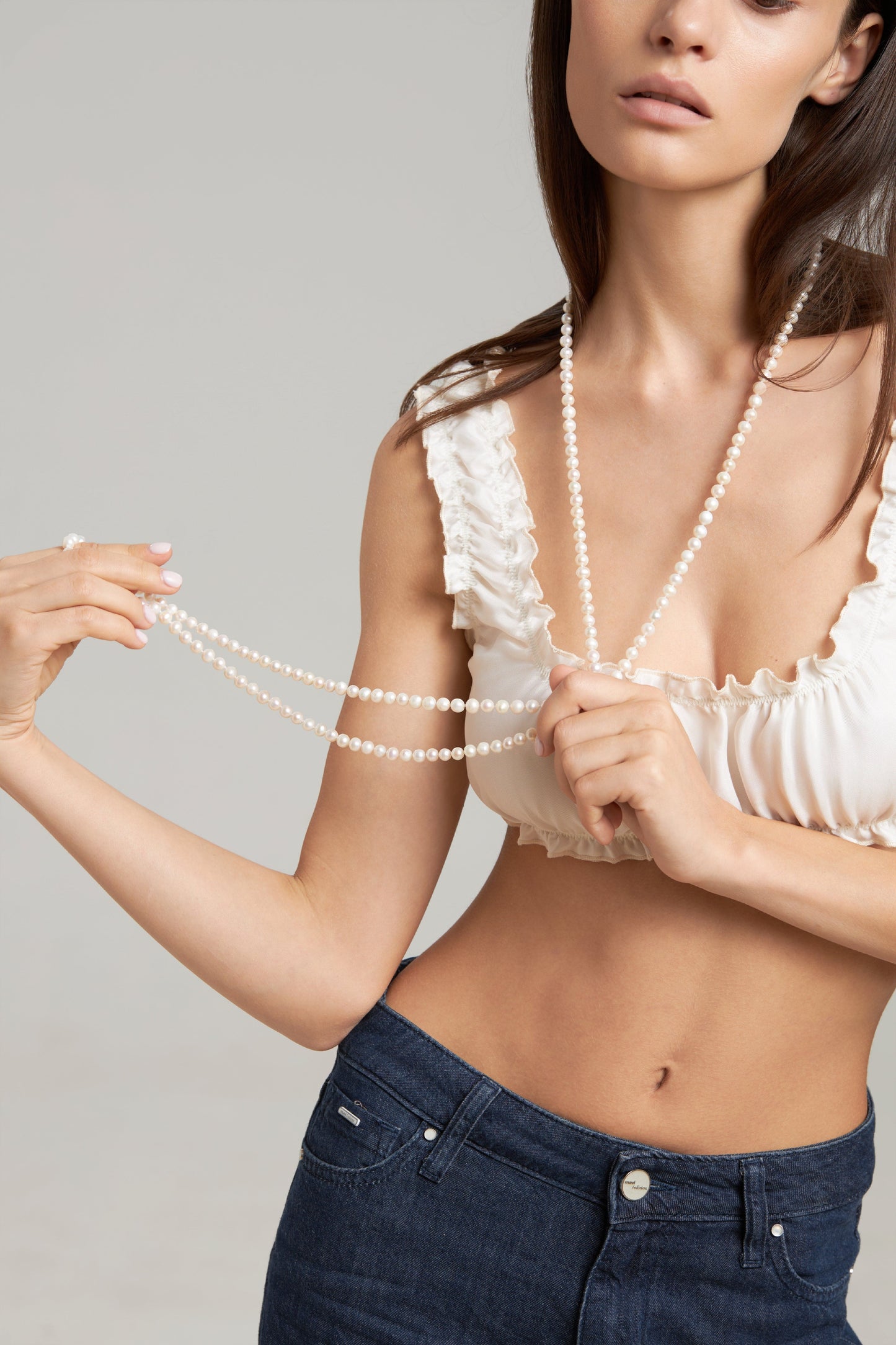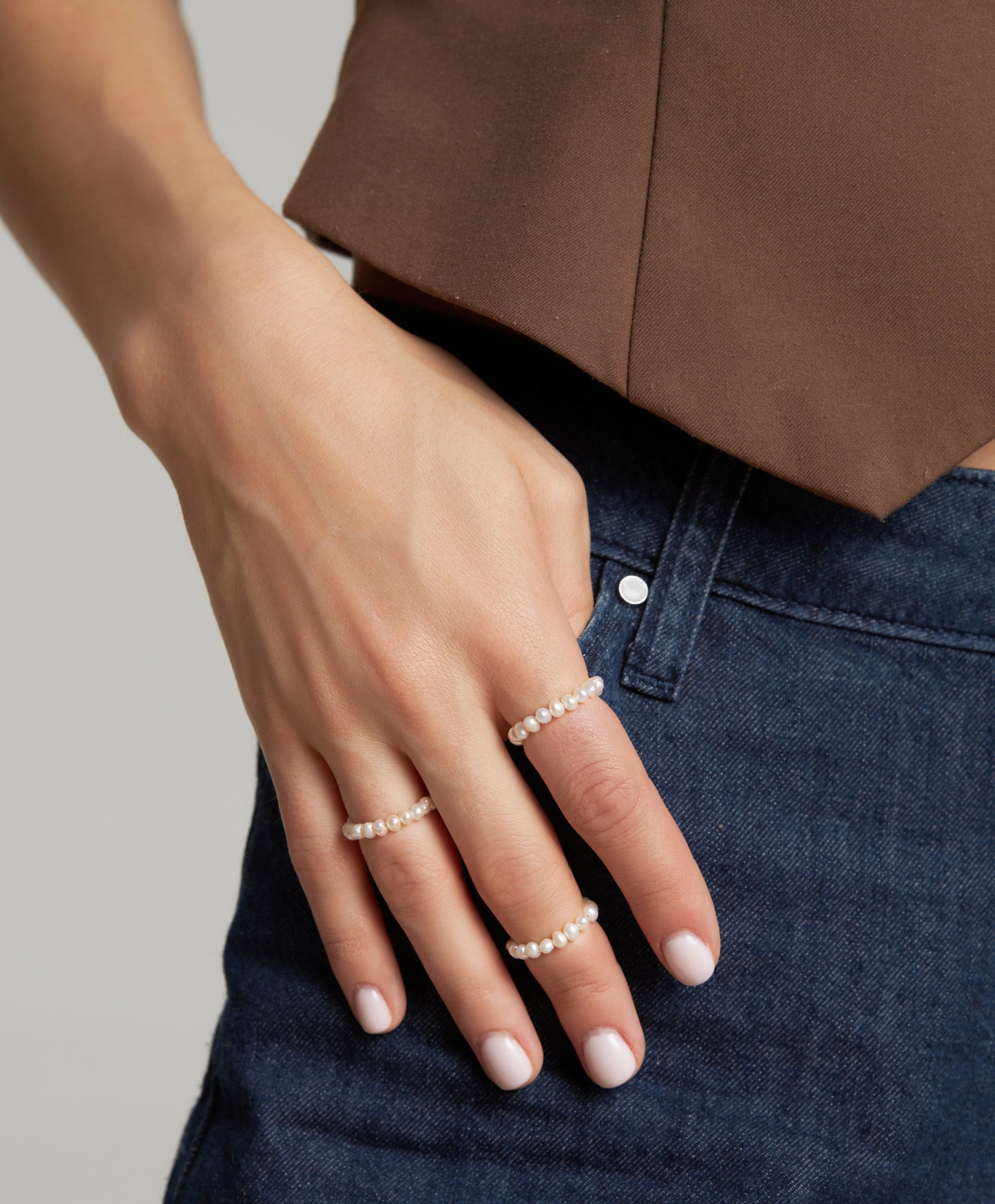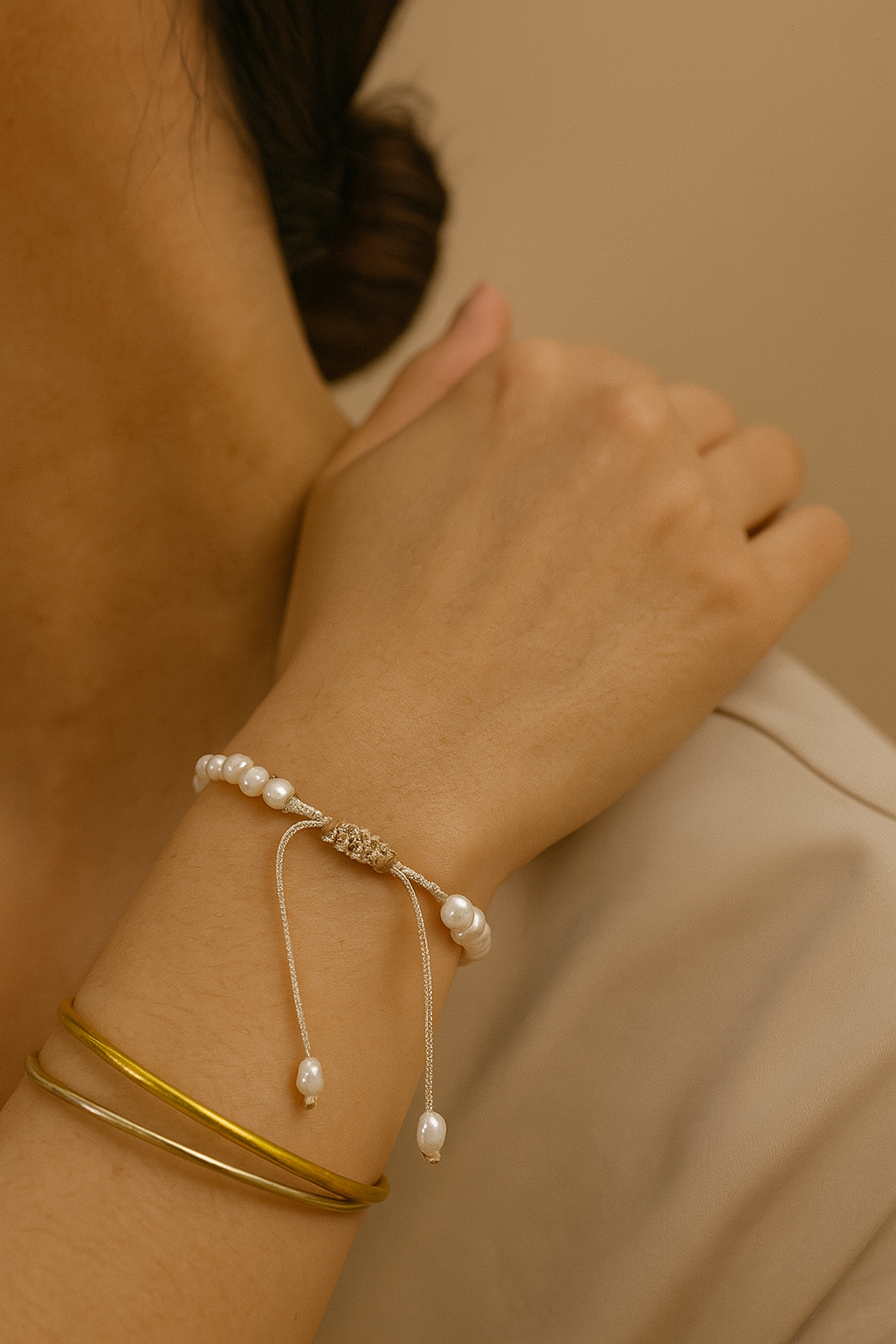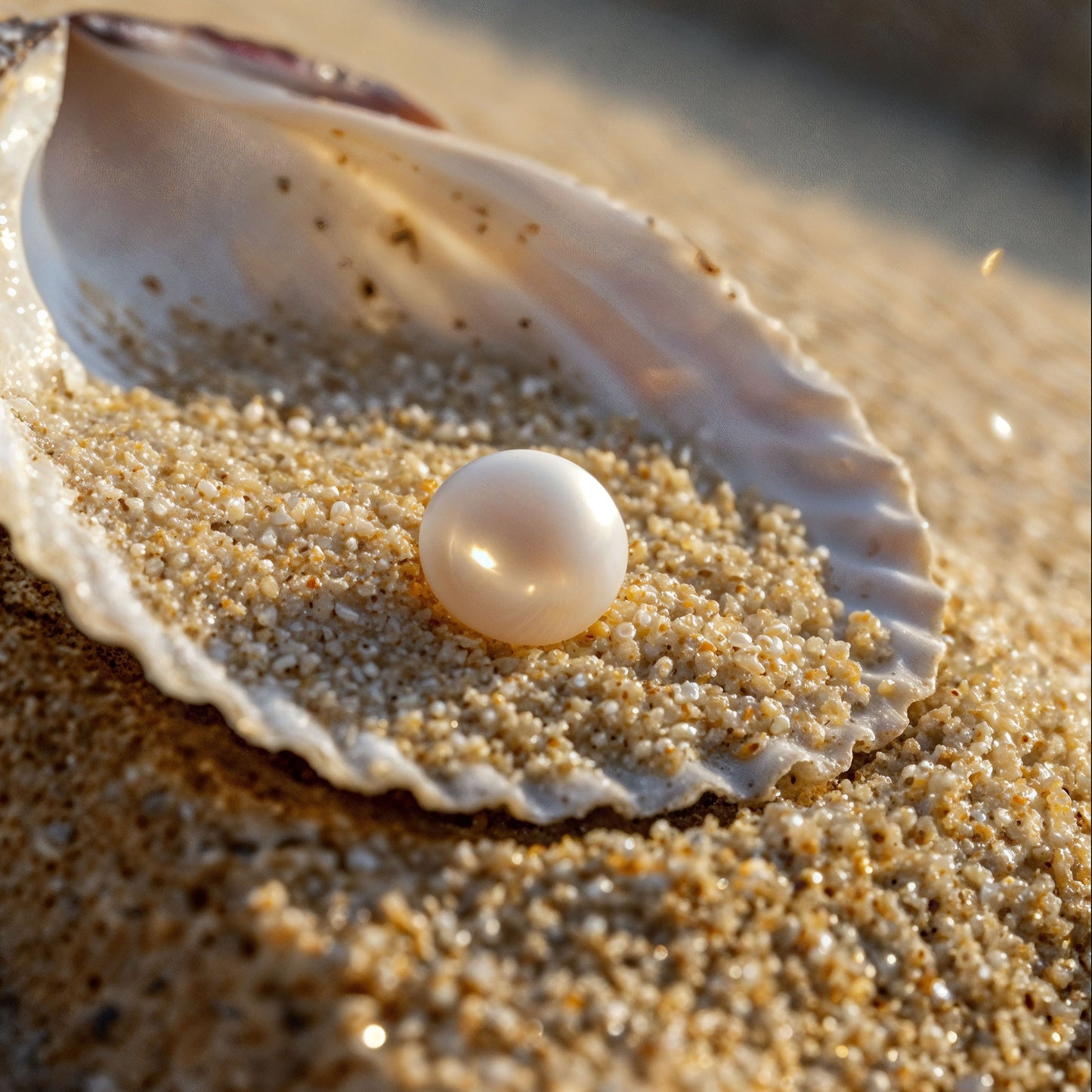
Every pearl is unique, yet its beauty and value are defined by several clear criteria. Beyond luster and color, a pearl’s quality tells the story of time and patience invested in its creation. Let’s discover what makes a pearl truly worthy of being called a jewel.
Nacre Thickness – the Foundation of Beauty
Nacre is the very essence of a pearl. The thicker the nacre layer, the greater the durability and the deeper the glow.
• Freshwater pearls are composed almost entirely of nacre, which gives them stability and a lasting brilliance.
• In saltwater pearls, nacre thickness is measured in fractions of a millimeter, and even small differences separate a delicate pearl from an exceptional one.
Luster – the Pearl’s Signature
One of the most important criteria is luster, the way light reflects off the surface. High-quality pearls display a sharp, intense “halo,” almost like a natural mirror. This is the effect that lights up the face and makes the jewel irresistible.

Surface – the Refinement of Details
Each pearl carries the imprint of its own formation process. Some have fine lines or tiny spots, while others approach a perfectly clean surface. The more uniform the nacre, the more it enhances the luster and the more desirable the pearl becomes in jewelry.
Shape – Harmony or Freedom
Perfectly round pearls are associated with timeless refinement, yet beauty comes in many forms. Pearls can be near-round, drop-shaped, oval, baroque, keshi, or mabé. Designers love this diversity because it allows them to create pieces with individuality and a distinct style.

Color and Overtones – Nature’s Palette
Pearls fascinate with a rich spectrum of colors: white, cream, pink, lavender, or gray. Overtones such as rose, silver, green, or the famous “peacock” add depth. The intensity of the tone completes the charm, turning each pearl into a small work of art.
Size – Visual Impact
Size influences market value. Larger pearls are rarer and stand out through their presence, with South Sea pearls reaching diameters of more than 18 mm. The true beauty of a pearl lies in the balance between size, luster, surface, and shape.

Quality Classifications
The jewelry industry uses an indicative system to evaluate pearls:
• AAA – exceptional luster, mirror-like reflection, surface over 95% clean. Nacre thickness: ≥ 0.4 mm (depending on type).
• AA – very good luster, up to 25% minor imperfections visible. Nacre thickness: approx. 0.2–0.3 mm.
• A – medium luster, 20–30% of the surface marked. Nacre thickness: under 0.2 mm.
• B/C/D – low luster, more than 30% of the surface shows imperfections. Nacre thickness: under 0.1 mm.
These technical figures may seem small, yet each fraction of a millimeter radically changes the appearance, durability, and value of a pearl.

Pearl quality is revealed in measurable details: nacre thickness, clarity of luster, smoothness of the surface, harmony of shape, and intensity of color. Once you understand these criteria, choosing a pearl becomes a conscious experience filled with meaning and refinement.
👉 Explore Pearl Code collections and choose pearls that reflect your style. Each jewel is carefully selected to combine natural beauty with elegance and durability.
